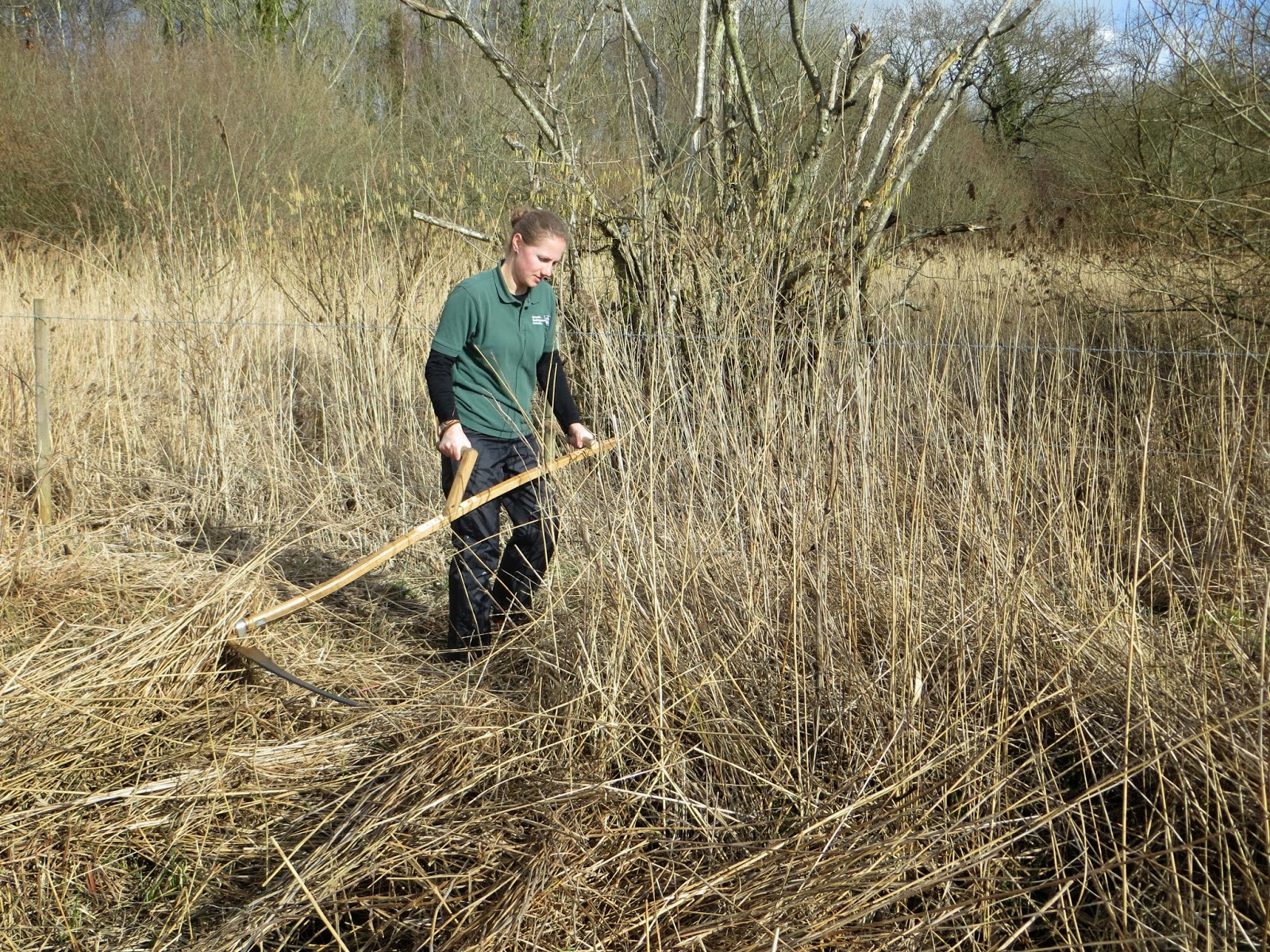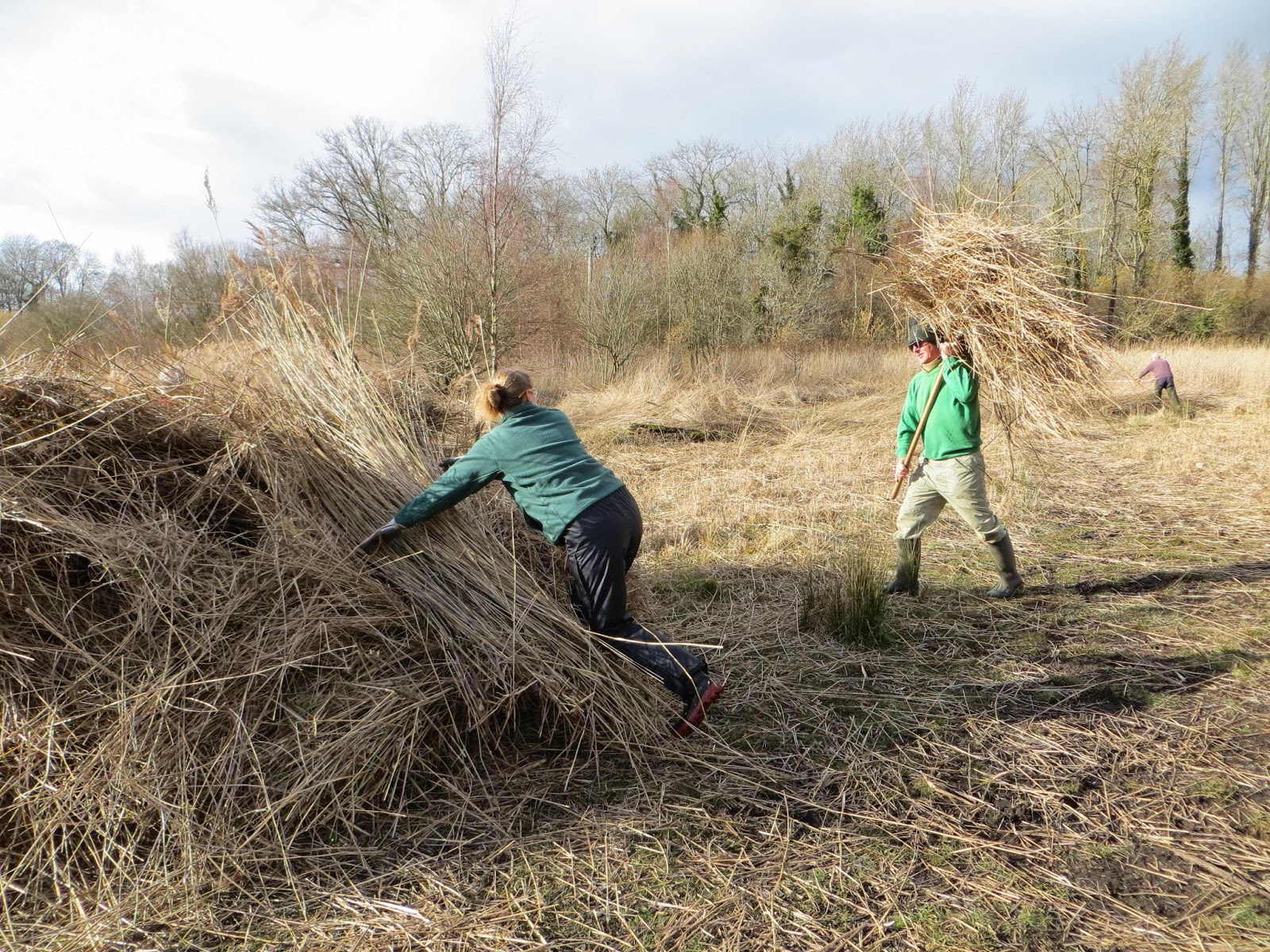I don't know where the last week has gone to or even the last month since I managed to put on a post. But last Wednesday a good sized audience gathered at Northmoor to hear Poul Christensen talk about his views about the future of environmental legislation and funding. He was very amusing but gave the serious message that whatever government follows on next year there is unlikely to be any boost to funding for the environment. He proposed that better engagement with business was going to be crucial and said that before he left Natural England companies were ringing to discuss environmental isues as they become more and more concerned about the sustainability of their supply chains.

Poul was clear that local problems would require local action in the future and said that there was plenty of expertise within the audience and there is great potential for the future if we work together. Partnership working was a key theme running through the evning. This was a very timely message for me for the next few months of work in the project. I am now working with consultants from ADAS to develop an up to date strategy for the Lower Windrush Valley Project and will be running a variety of consultation events over the next few weeks to hear what people think. Much has been achieved in the past with one project officer but there is such a potential for more, that if there is the will and people want to join in we could create so many more opportunities.
Questions ranged from 'Who is the Project for?' ,' How can we engage futher with businesses?' , 'Will farmers be paid more to hold water on their land?', 'What will be the best way to manage the Windrush catchment in the future?'.
I am very grateful to Poul for what was definitely a lively and interesting and also amusing evening and I hope that people are busy thinking about how we can move forward in the future.
Then as a total contrast I spent Thursday out in beautiful sunshine with the volunteer team training to use scythes in a reedbed. We had planned this as a joint session at Standlake Common Nature Reserve with BBOWT as we share volunteers and I wanted to get some more of the reedbed cleared. But my cunning plan was thwarted by the floods so we went to Parsonage Moor instead and BBOWT got their reeds cleared.
Training with Clive Leeke
http://www.austrianscythes.co.uk/training whether scything or hedgelaying is always very relaxed but productive and I for one found my technique improved enormously. Some of us found that the addition of a bow to the scythes, made out of a long hazel twig, made a great improvement as it stopped the reeds poking up your nose and in your eyes, but Elene preferred to use hers without the bow.
Sharpening is as much part of the learning process as the actual scything and luckily no one sliced off a finger in the process. We managed to create a huge pile of reeds that will have to be burnt later. And now that everyone is so well trained we should tear through a patch at Standlake next week if the water has gone down enough.



























